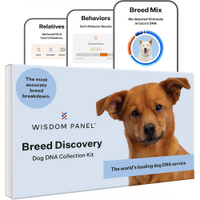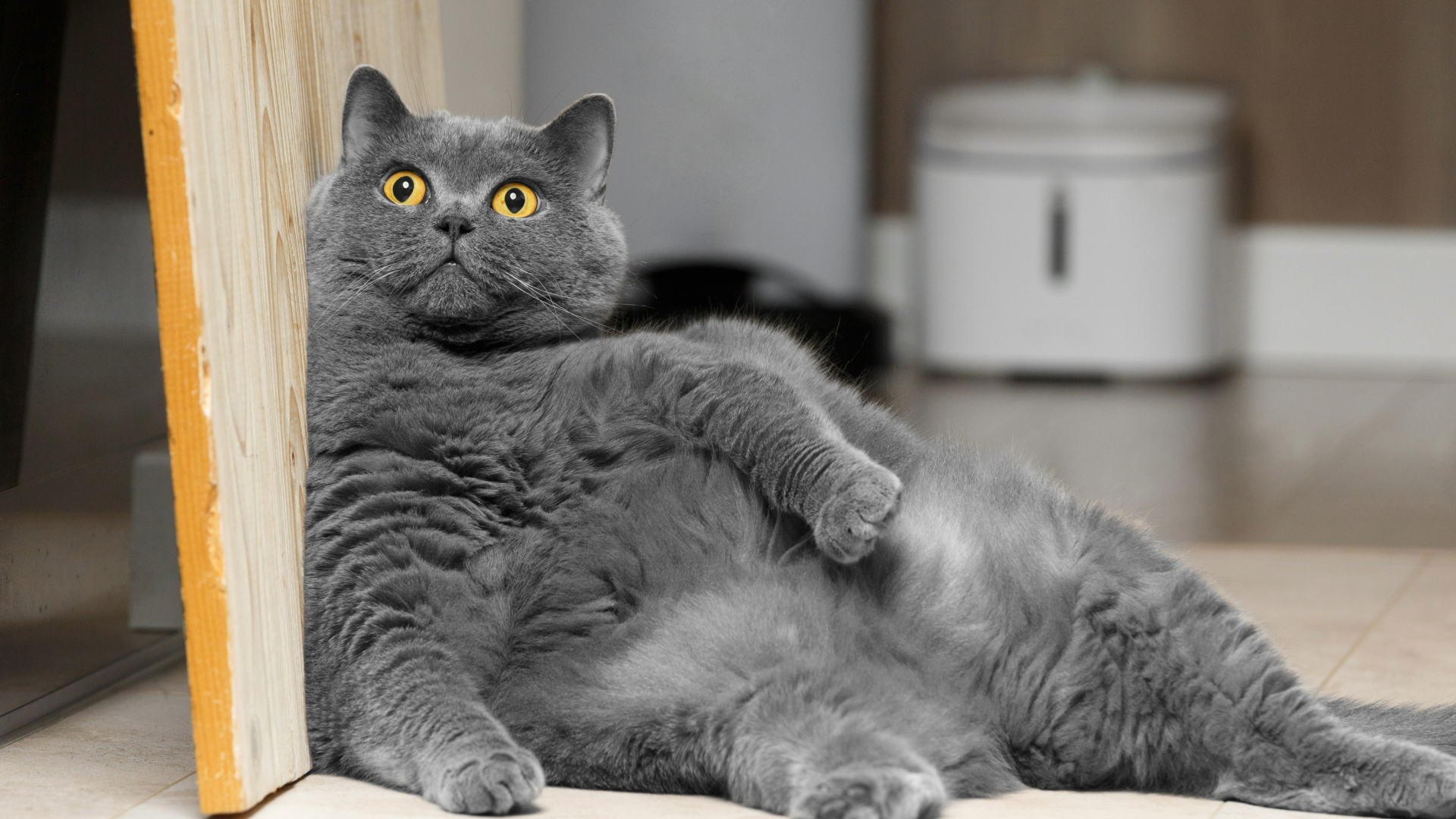The bloodhound is soft breed that thrives on pleasing people – would you give the ‘king of tracking dogs’ a home?
Learn more about these amazing canine companions whose fantastic nose has made them famous
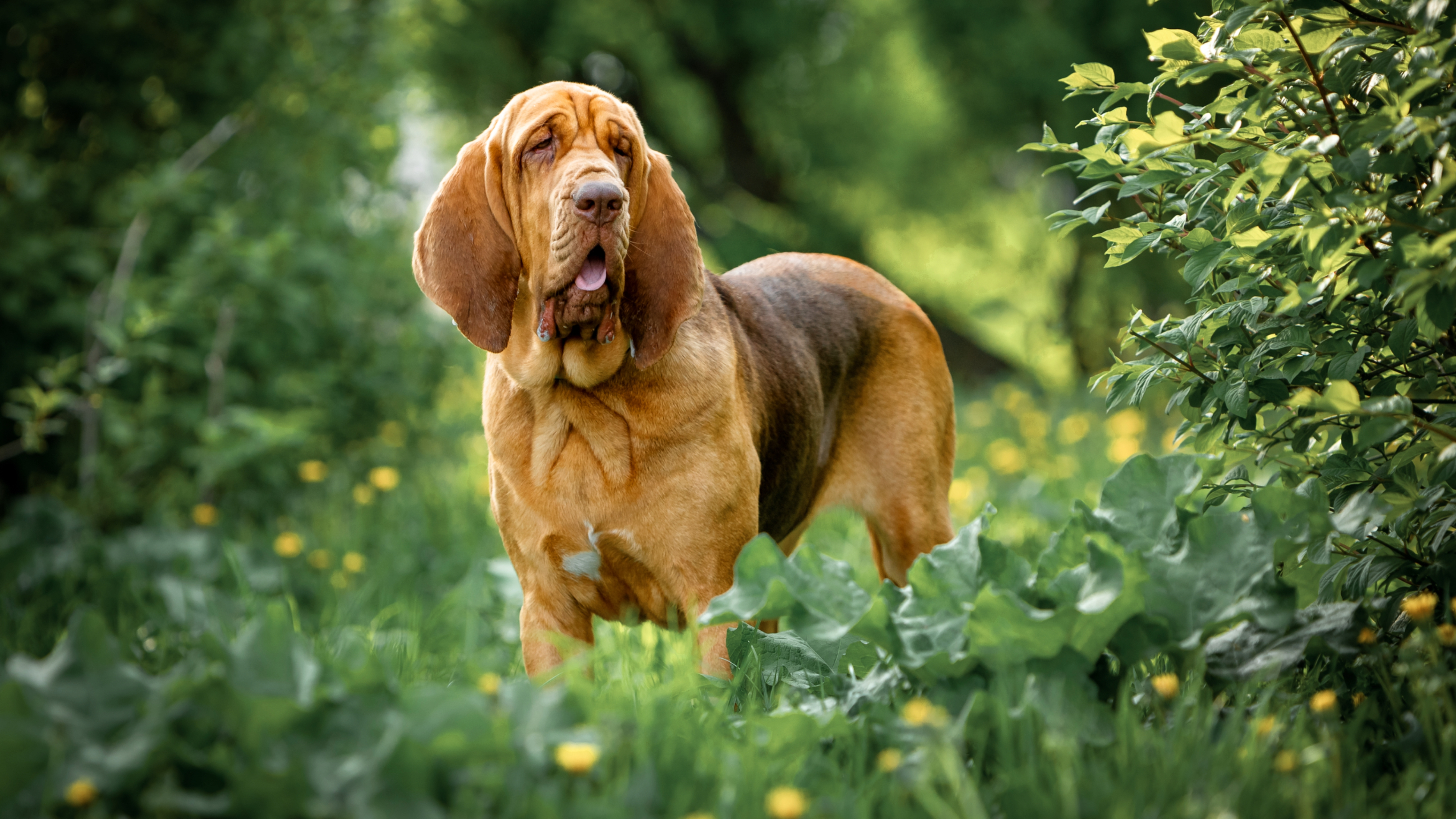
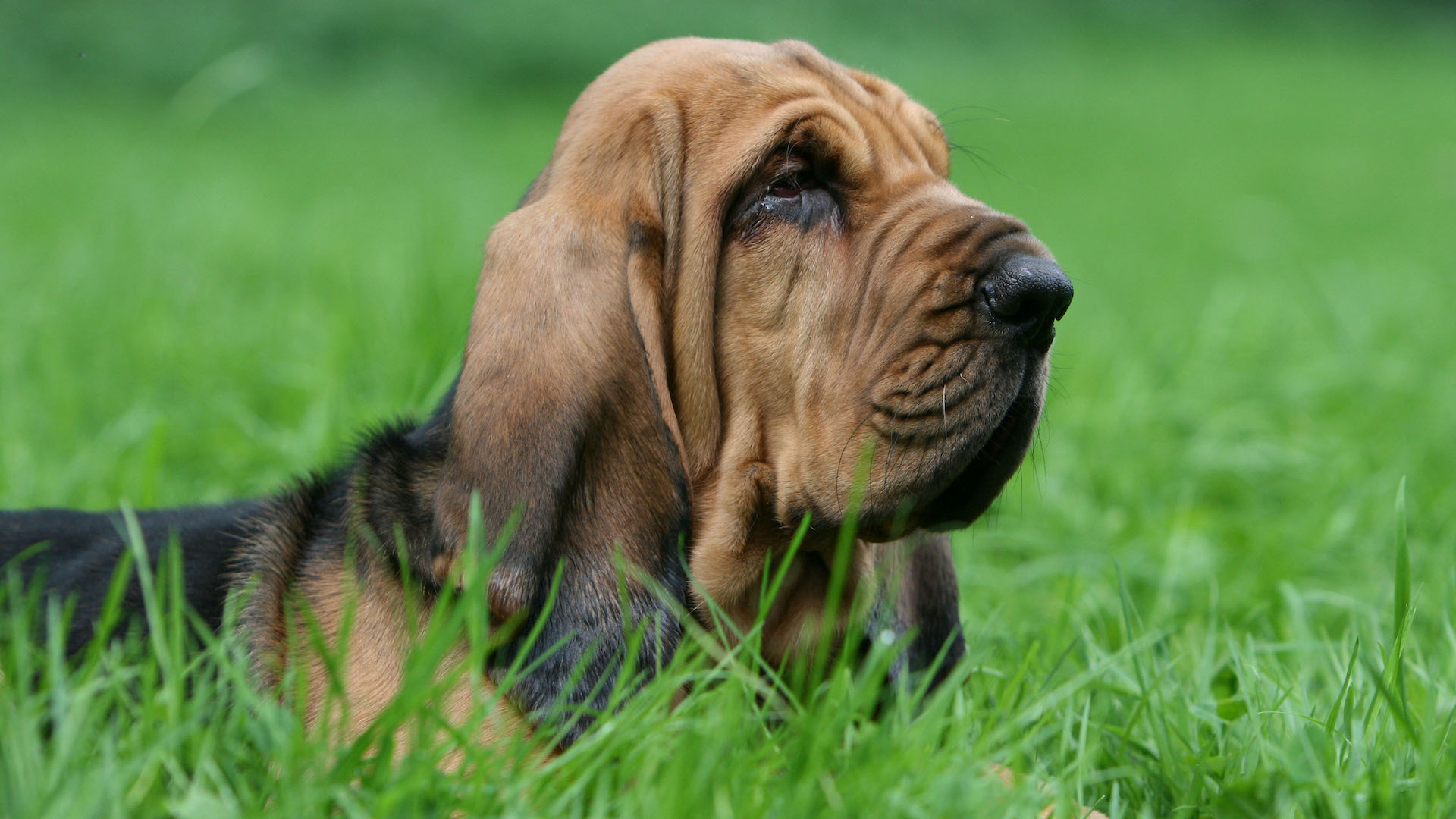
Life expectancy: 10 to 12 years
Size: 25-28 -inches (male); 23 to 26 inches (female)
Coat: Short
Temperament: Even-tempered, gentle, affectionate, stubborn
Exercise needs: One-to-two hours
Origin/native country: Belgium, France and UK
Bloodhounds date back to a seventh-century Belgian monk but they began to be developed in Britain some 500 years later to hunt rabbits, wild boar and deer. Described as “a nose with a dog attached”, they have 230 million scent receptors while humans have five million. This has lent them extraordinary scenting abilities which, coupled with a high prey drive, has made them highly prized as one of the best dogs for tracking.
Bloodhounds have also proven to be very useful in helping to track people – be it for work or sport – and they have an entry in the Guinness World Records as the first animal whose evidence is legally admissible in some US courts. But although their working credentials are in no doubt, bloodhounds have also found their way into homes as family pets. One for you? Let’s take a look at this beautiful scent hound.
Do bloodhounds need a lot of exercise?
Bloodhounds need between an hour and two hours of exercise each day and you should certainly give them as much as you possibly can. Without exercise and mental stimulation, they can rapidly become bored and put on weight but the good news is that you don’t need to engage in high-level activities.
Gentle exercising will more than suffice – and is, indeed, recommended to prevent putting pressure on their joints. Combine a walk with plenty of opportunities to sniff around and engage their mind with tracking games or a spot of hide-and-seek. Ideally, you would also have a large yard or a safe place for them to go off-lead to run and play.
Do bloodhounds tend to bark a lot?
Bloodhounds can be among the biggest barkers – in terms of volume, anyway. They have a loud, deep bark and they also howl and whine, but they tend to only do so if they feel distressed in some way.
There are steps you can take to make life easier and more pleasurable for both you and a bloodhound.
“Bloodhounds require good socialization from an early age, which should help to reduce the risk of them barking at new people, objects, and animals,” explains vet Dr Rebecca MacMillan.
PetsRadar Newsletter
Get the best advice, tips and top tech for your beloved Pets
You should also be aware that bloodhounds can suffer separation anxiety.
“Training them to feel comfortable in their own company is important,” Dr MacMillan adds. “Separation anxiety is a behavioral problem that could lead to excessive barking and howling if you leave them in the house alone. By getting your dog used to being by themselves, gradually and from a young age, you can reduce the risk that they will become upset if you need to leave them.”
Are bloodhounds easy to train?
Bloodhounds are among the smartest dog breeds according to the American Kennel Club and much of that is due to their tracking abilities. It means they are both easy to train yet easily distracted if they suddenly catch a scent so you need to patient, start as early as possible and quickly instil basic obedience during short training sessions (they don’t have long attention spans).
With lots of positive reinforcement – being sure to never allow treats to make up more than 10% of a Bloodhound’s calorie intake – you’ll soon find they become confident and willing dogs. You should also consider learning how to crate train a dog because you need to steer bloodhounds away from following their instinct to wander by giving them their own designated den. And if you let them out in the yard to train, ensure it’s well enclosed to prevent them digging or jumping out.
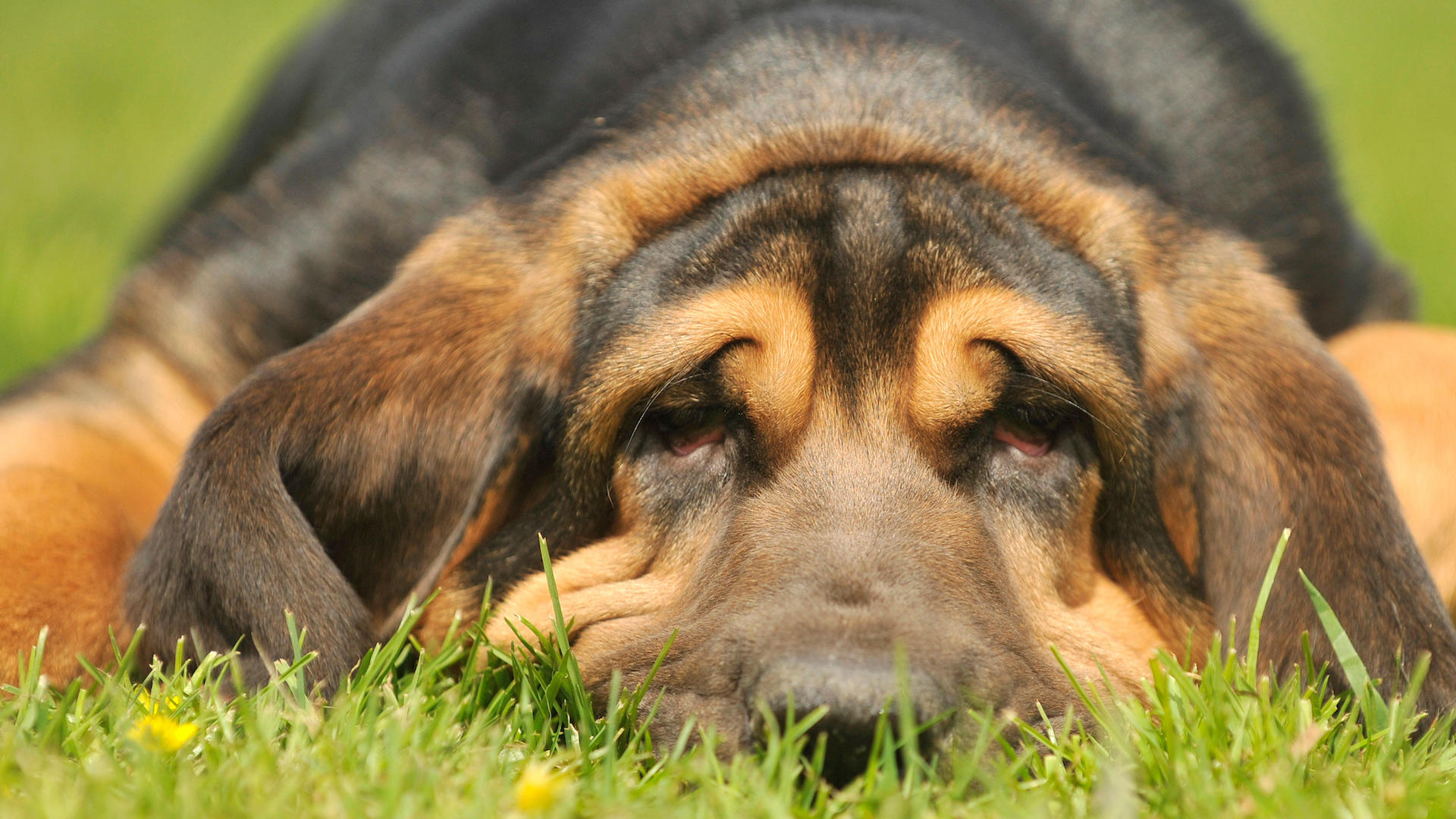
Do bloodhounds make good family pets?
As pack dogs, bloodhounds love being around other people and that includes children and other pets. You’ll find they are tolerant and patient as well as being one of the more mild-mannered and calm dog breeds. Even so, there is a little bit of work to be done.
“Bloodhounds aren’t aggressive but can be a bit nervous so careful introduction to children and other pets is required,” says Dr MacMillan. “If this is done from an early age with plenty of positive experiences your bloodhound should make a good family dog. I find them to be generally calm and gentle dogs, but their size can make them clumsy around very small children.”
Do bloodhounds need a lot of grooming?
Bloodhounds have a short, dense coat and they need minimal grooming.
“The main thing to keep an eye on is their skin folds,” says Dr MacMillan. “Make sure that these folds are regularly cleaned and dried to avoid skin infections developing.”
Another thing to consider, depending on how sensitive you are to such things, is a bloodhound’s tendency to drool – as they are definitely a breed that drools. Grab a towel to clean up their jowls and that’ll help if they’re about to sling!
“Also check that the loose folds of skin around their neck are not getting moist or sore,” says Dr MacMillan. “If your dog suffers from skin or ear infections, your vet will be able to advise you on a suitable grooming regime and products.”
Do bloodhounds need lots of food?
Bloodhounds are active dogs but they don’t need huge amounts of food. A couple of meals each day made up of a high-quality diet packed with animal-based proteins and a good mix of vegetables, carbohydrates and vitamins and minerals will suffice so just aim for the best dog food.
Wisdom Panel Breed Discovery DNA Kit | Amazon
Not sure exactly what breed your dog is? This kit screens for 365+ breeds – because knowing every detail about your dog helps you understand how best to care for them.
Bloodhound health problems
There are a few common health complaints that you need to be aware of with bloodhounds and one – which is rather common across many breeds – is hip and elbow dysplasia.
“These hereditary conditions affect the development of the joint, leading to joint pain and lameness,” says Dr MacMillan.
Since they have large ears, they can trap moisture and warmth in the ear canal, causing yeast and bacteria to thrive when there is no circulating airflow, causing inflammation, pain, and discharge so that’s certainly something to watch.
“Bloodhounds are also prone to skin allergies and ear infections, so they may require regular treatment for these issues,” Dr MacMillan adds.
There’s also a serious condition to be aware of.
“Being a large, deep-chested breed makes Bloodhounds more likely to suffer from gastric dilatation-volvulus (GDV) than some other dogs. This is where the dog’s stomach bloats and twists on itself, which could be fatal.”
Should I get a bloodhound?
Bloodhounds are very rewarding pets particularly for owners and families who are very active. So long as you train them well and early, ensure they are socialized and don’t leave them alone for many hours, you will have few problems. Their affectionate, gentle nature is sure to win you over and it’s fun to watch their single-minded determination on a scent trial.
Want to learn more about this breed? Here are our favorite bloodhound facts
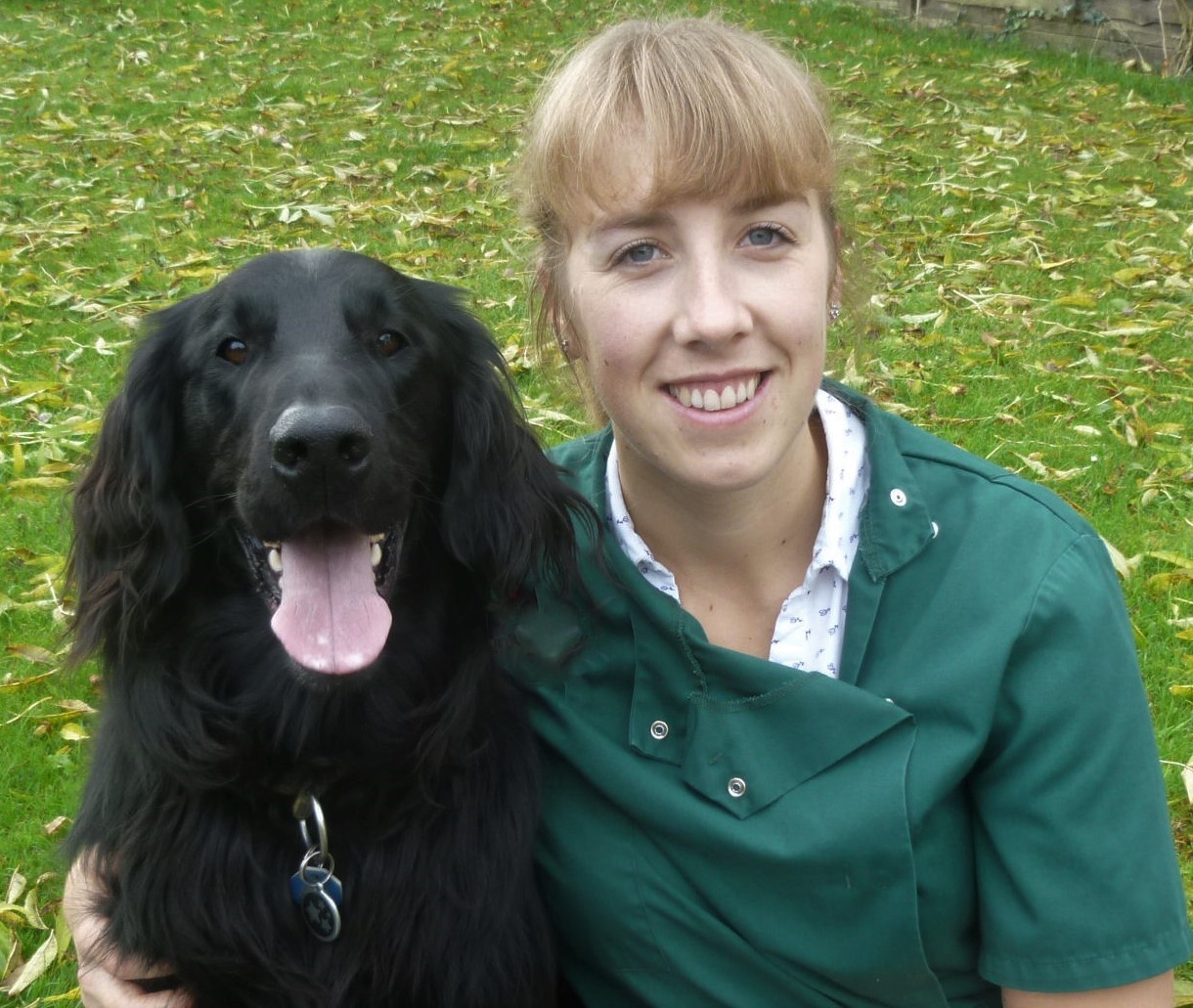
Rebecca is a veterinary surgeon who graduated in 2009 from the Royal Veterinary College in London. She has a wealth of experience in first opinion small animal practice, having done a mixture of day-to-day routine work, on-call emergency duties and managerial roles over the years. Rebecca enjoys medicine in particular and she is proud to have recently achieved a BSAVA postgraduate certificate in small animal medicine (with commendation).
She writes on various feline and canine topics, including behavior, nutrition, and health. Outside of work and writing she enjoys walking her own dog, spending time with her young family and baking!
Edited by Georgia Guerin.
Recent updates
This feature was last updated on February 21, 2025.

David Crookes has been a journalist for almost 30 years and he has written for a host of magazines, newspapers, websites and books including the World of Animals Annual, BBC Earth, Live Science, The Independent and Tom’s Guide.
Born in England, he lives with two cats but he’s also keenly interested in the differences between the huge number of dog breeds – in fact, you can read many of his breed guides that he’s written in collaboration with vets here on PetsRadar.
With a lifelong passion for technology, too, he’s always on the lookout for useful devices that will allow people to keep their pets happier and healthier, and provide them more time to spend together.
David has a degree from Durham University, as well as postgraduate diploma in journalism from the University of Central Lancashire.
